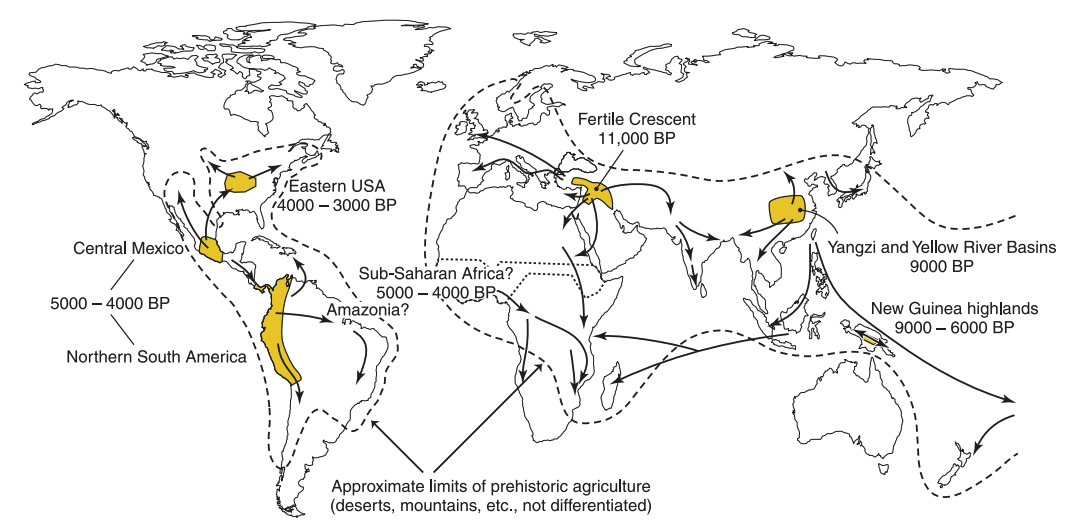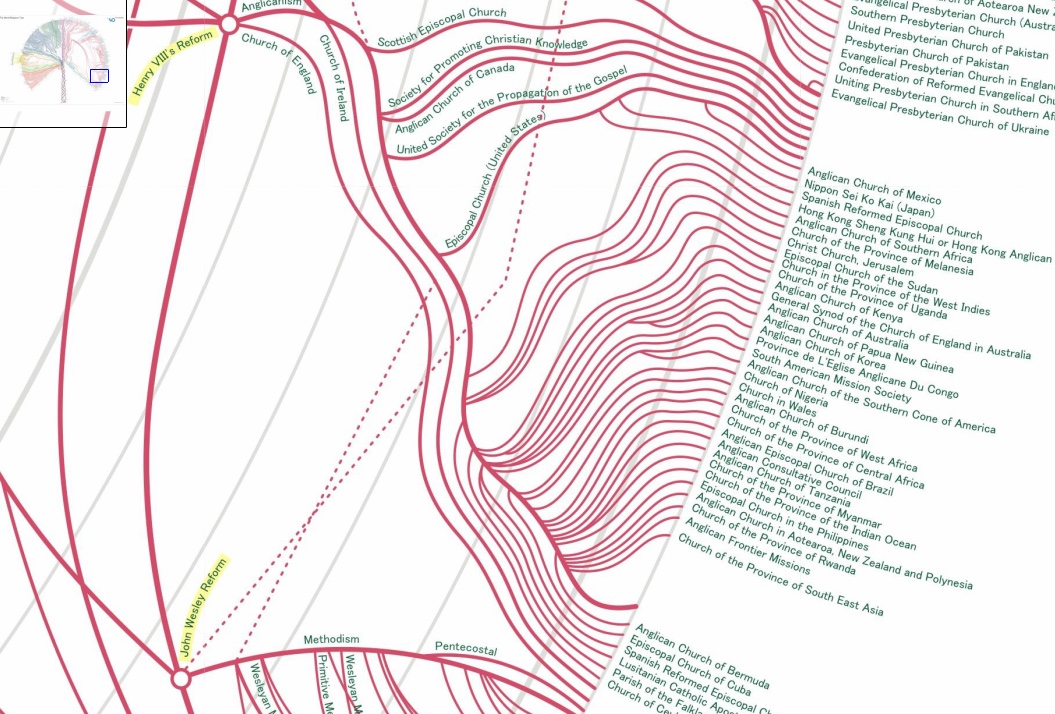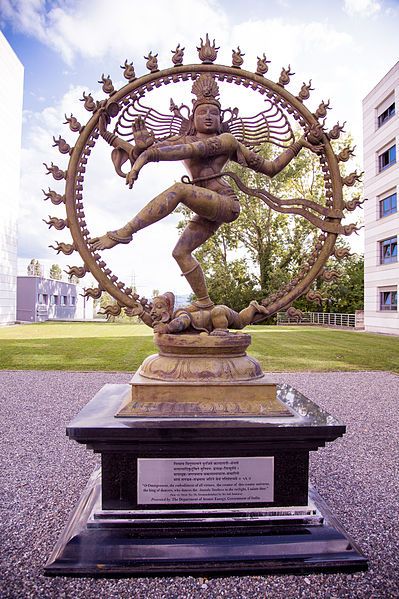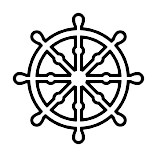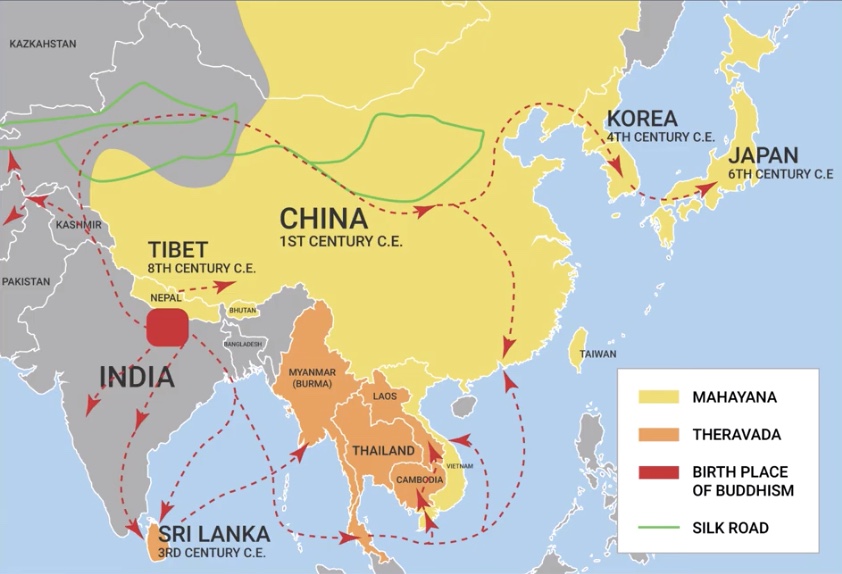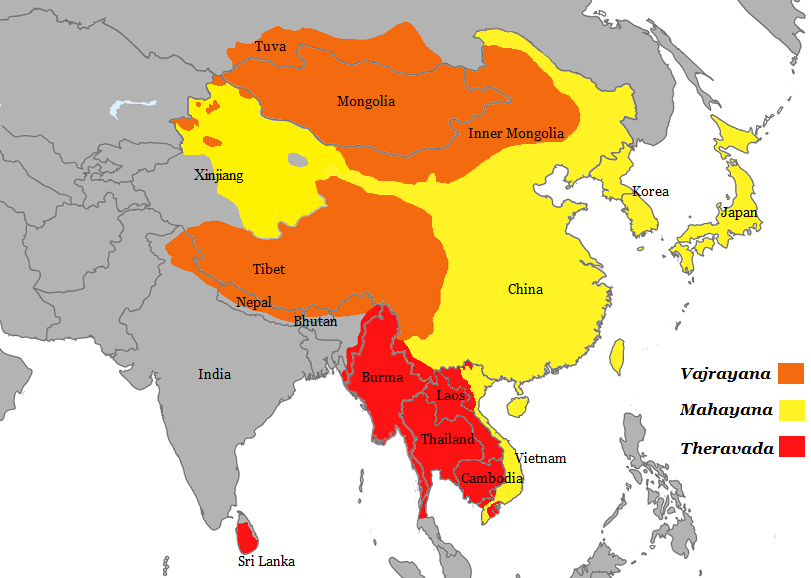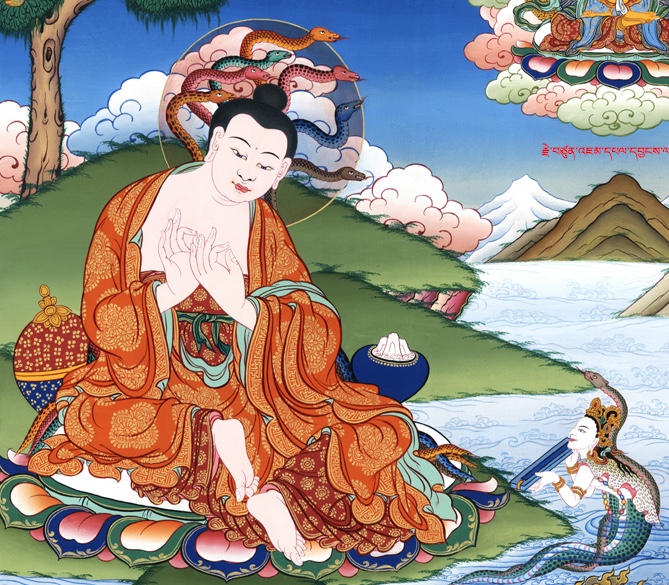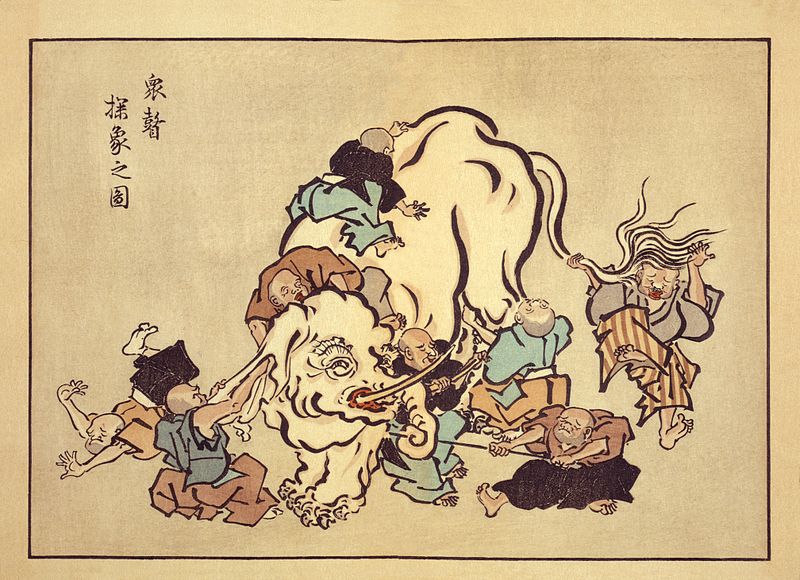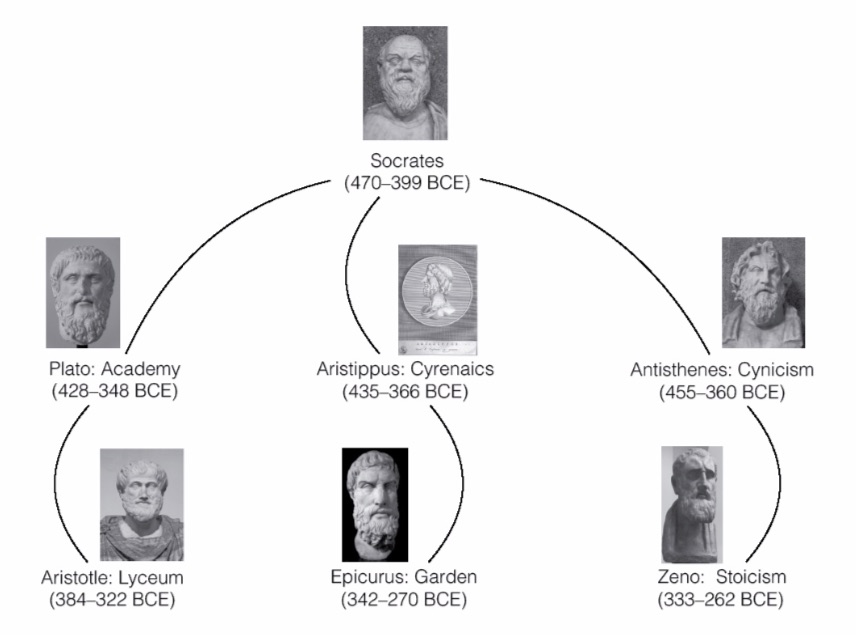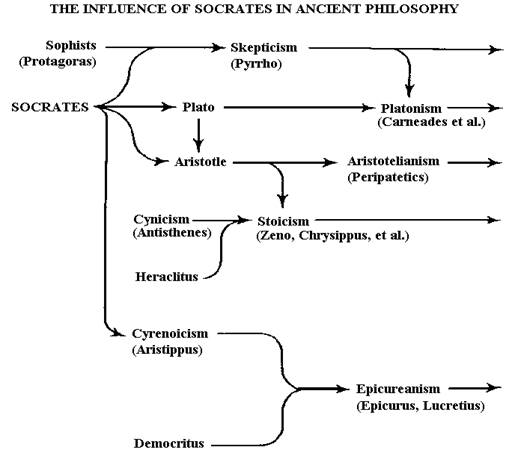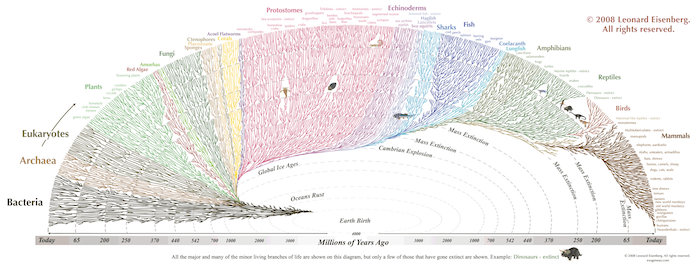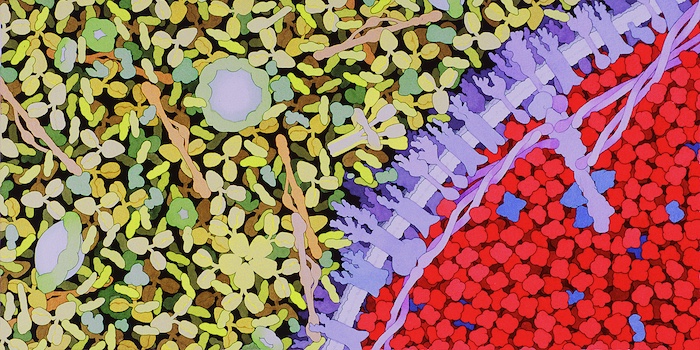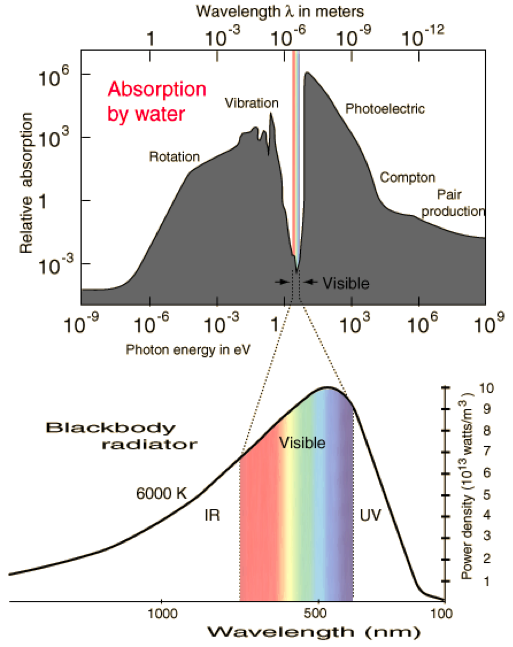Adamson, P. (2015). Philosophy in the Islamic World: A Very Short Introduction. Oxford University Press.
Andrews, M. (2018).
Does natural selection explain why you exist? Assessing Terrence Deacon’s hierarchic transitions.
https://evolution-institute.org/does-natural-selection-explain-why-you-exist/
Andrews, P. W. & Thomson Jr, J. A. (2009). The bright side of being blue: Depression as an adaptation for analyzing complex problems. Psychological Review, 116, 620.
Bailey, A. & O’Brien, D. (2014). Hume’s Critique of Religion: ’Sick Men’s Dreams’. Springer.
Batchelor, S. (1998). Buddhism Without Beliefs. New York: Riverhead Books.
Berlin, I. (1999). The Roots of Romanticism. Princeton University Press. (Originally published in 1965).
Bodhi. (2005). In the Buddha’s Words: An anthology of discourses from the Pali Canon. Wisdom Publications.
Brassier, R. (2007). Nihil Unbound: Enlightenment and Extinction. Palgrave Macmillan.
Camus, A. (1988). The Stranger. (M. Ward, Trans.). New York: Vintage Books. (Originally published in 1942 as L’Étranger).
Contestabile, B. (2018). Secular Buddhism and Justice. Contemporary Buddhism, 19, 237–250.
Cooper, J. M. & Hutchinson, D. S. (1997). Plato: Complete works. Hackett Publishing.
Dennett, D. C. (1995). Darwin’s Dangerous Idea: Evolution and the meanings of life. Simon & Schuster.
———. (2006). Breaking the Spell: Religion as a natural phenomenon. Penguin.
Diamond, J. & Bellwood, P. (2003).
Farmers and their languages: the first expansions. Science,
300, 597–603.
https://science.sciencemag.org/content/300/5619/597
Diener, E. (2019).
Happiness: the science of subjective well-being.
http://noba.to/qnw7g32t
Epictetus. (2014). Discourses, Fragments, Handbook. (R. Hard, Trans.). Oxford University Press. (Originally recorded by pupil Arrian of Nicomedia c. 108 CE).
Feynman, R. P. (1998). The Meaning of It All. Addison-Wesley.
Fraser, C. (2020).
Mohism. Stanford Encyclopedia of Philosophy.
https://plato.stanford.edu/entries/mohism/
Garfield, J. L. & Van Norden, B. W. (2016).
If philosophy won’t diversify, let’s call it what it really is. New York Times Opinion. May 11, 2016.
https://www.nytimes.com/2016/05/11/opinion/if-philosophy-wont-diversify-lets-call-it-what-it-really-is.html
Greenblatt, S. (2011a).
The answer man: An ancient poem was rediscovered—and the world swerved. The New Yorker. August 1, 2011.
https://www.newyorker.com/magazine/2011/08/08/the-answer-man-stephen-greenblatt
———. (2011b). The Swerve: How the World Became Modern. Norton.
Harris, S. (2014). Waking Up: A Guide to Spirituality Without Religion. Simon & Schuster.
Harvey, P. (2013). An Introduction to Buddhism (2nd ed.). Cambridge University Press.
Hayes, R. P. (1988).
Principled atheism in the Buddhist scholastic tradition. Journal of Indian Philosophy,
16, 5–28.
https://link.springer.com/article/10.1007/BF00235404
Heidegger, M. (1966). Discourse on Thinking. (J. M. Anderson & E. H. Freund, Trans.). New York: Harper & Row. (Originally published in 1959 as Gelassenheit).
Hitchens, C. (2007). God is Not Great: How religion poisons everything. Hachette Book Group.
———. (2012). Mortality. Hachette Book Group.
Hobson, J. M. (2004). The Eastern Origins of Western Civlisation. Cambridge University Press.
Hume, D. (2007a). An Enquiry Concerning Human Understanding. (P. Millican, Ed.). Oxford University Press. (Originally published in 1748).
———. (2007b). The Natural History of Religion. (T. Beauchamp, Ed.). Clarendon Press. (Originally published in 1757).
Huxley, A. (1945). The Perennial Philosophy. Harper & Brothers.
Janaway, C. (1999). Schopenhauer’s pessimism. Royal Institute of Philosophy Supplements, 44, 47–63.
Jones, W. (2013). The Works of Sir William Jones. (L. Teignmouta, Ed.). Cambridge University Press.
Kagan, S. (2012). Death. Yale University Press.
Kalupahana, D. J. (1992). A History of Buddhist Philosophy: Continuities and Discontinuities. University of Hawaii Press.
Katz, V. & Egenes, T. (2015). The Upanishads: A New Translation. Penguin.
Kaufmann, W. A. (2015). The Faith of a Heretic. Princeton University Press. (Originally published in 1961).
Law, S. (2010).
The evil-god challenge. Religious Studies,
46, 353–373.
https://www.jstor.org/stable/40927250
Leiter, B. (2019). The death of God and the death of morality. The Monist, 102, 386–402.
Lewis, C. S. (1955). Surprised by Joy. Harvest.
Lin, J. Y. (1995). The Needham Puzzle: Why the industrial revolution did not originate in China. Economic Development and Cultural Change, 43, 269–292.
Lucretius. (1995). On the Nature of Things: De Rerum Natura. (A. M. Esolen, Trans.). Johns Hopkins University Press. (Originally written in the first century BCE).
Mac Suibhne, S. (2009). Wrestle to be the man philosophy wished to make you: Marcus Aurelius, reflective practitioner. Reflective Practice, 10, 429–436.
Mackie, J. L. (1982). The Miracle of Theism: Arguments for and against the existence of God. Oxford University Press.
Mahner, M. & Bunge, M. (1996).
Is religious education compatible with science education? Science & Education,
5, 101–123.
https://www.hpsst.com/uploads/6/2/9/3/62931075/bunge___mahner__1996__sc.___religion.pdf
Marletto, C. (2015).
Constructor theory of life. Journal of the Royal Society Interface,
12, 20141226.
https://www.ncbi.nlm.nih.gov/pmc/articles/PMC4345487/
Marshal, M. (2011).
You’d beat a Neanderthal in a race. New Scientist. February 2, 2011.
https://www.newscientist.com/article/mg20927984-700-youd-beat-a-neanderthal-in-a-race/
Marshall, S. J. (2001). The Mandate of Heaven: Hidden History in the Book of Changes. Routledge Curzon.
McEvilley, T. (2002). The Shape of Ancient Thought: Comparative studies in Greek and Indian philosophies. Allworth Press.
McMahan, D. L. (2004).
Modernity and the early discourse of scientific Buddhism. Journal of the American Academy of Religion,
72, 897–933.
https://www.jstor.org/stable/40005933
McNutt, P. M. (1999). Reconstructing the Society of Ancient Israel. Westminster John Knox Press.
Moore, J. (2009).
John Irving on religion, sports and Owen Meany. The Denver Post. April 2, 2009.
https://www.denverpost.com/2009/04/02/john-irving-on-religion-sports-and-owen-meany/
Moore, M. B. & Kelle, B. E. (2011). Biblical History and Israel’s Past: The Changing Study of the Bible and History. Eerdmans.
Nagarjuna. (1995). The Fundamental Wisdom of the Middle Way. (J. L. Garfield, Trans.). Oxford University Press.
Nanamoli. (1992). The Life of the Buddha: According to the Pali Canon. Buddhist Publication Society.
Nave, C. R. (2016).
Transparency of water in the visible range. HyperPhysics.
http://hyperphysics.phy-astr.gsu.edu/hbase/Chemical/watabs.html
Nelson, E. S. (2011).
The Yijing and philosophy: From Leibniz to Derrida. Journal of Chinese Philosophy,
38, 377–396.
https://philarchive.org/rec/NELTYA
Nietzsche, F. (2004). Ecce Homo: How One Becomes What One Is and The Antichrist: A Curse on Christianity. Algora Publishing.
O’Keefe, T. (2001).
Epicurus. Internet Encyclopedia of Philosophy.
https://iep.utm.edu/epicur/
Okasha, S. (2006). Evolution and the Levels of Selection. Oxford University Press.
Parkes, G. (2011). Heidegger and Japanese fascism: An unsubstantiated connection. In Japanese and Continental Philosophy: Conversations with the Kyoto School (pp. 247–265). Indiana University Press.
Peterson, J. B. (1999). Maps of Meaning. Routledge.
Pigliucci, M. (2017). How to be a Stoic: Using Ancient Philosophy to Live a Modern Life. Basic Books.
Raup, D. M. & Sepkoski, J. J. (1982). Mass extinctions in the marine fossil record. Science, 215, 1501–1503.
Ricks, T. E. (2006).
Fiasco. Armed Forces Journal.
http://armedforcesjournal.com/fiasco/
Rukeyser, M. (1976).
Islands. In
The Gates.
McGraw-Hill.
http://murielrukeyser.emuenglish.org/2018/12/07/islands/
Russell, B. (1945). A History of Western Philosophy. Simon & Schuster.
———. (1989). Wisdom of the West. Crescent Books. (Originally published in 1959).
———. (2004a). Sceptical Essays. Routledge. (Originally published in 1928).
———. (2004b). Why I Am Not a Christian. Routledge. (Originally published in 1927).
Rutt, R. (2002). The Book of Changes (Zhouyi). Routledge Curzon.
Ryan, J. A. (1996). Leibniz’ binary system and Shao Yong’s Yijing. Philosophy East and West, 46, 59.
Sadakata, A. (1997). Buddhist Cosmology: Philosophy and Origins. (G. Sekimori, Trans.). Tokyo: Kōsei Publishing.
Sagan, C. (1997). The Demon-Haunted World: Science as a Candle in the Dark. London: Headline. (Originally published in 1995).
Sartre, J. P. (1964). Nausea. (L. Alexander, Trans.). New York: New Directions Publishing Co. (Originally published in 1938 as La Nausée).
———. (2007). Existentialism is a Humanism. (C. Macomber, Trans.). Yale University Press. (Originally published in 1948 as L’Existentialisme est un Humanisme).
Schopenhauer, A. (2014). The World as Will and Representation, Vol. 1 and 2. (J. Norman, A. Welchman, & C. Janaway, Eds.). Cambridge University Press. (Originally published as Die Welt als Wille und Vorstellung, Vol. 1 in 1818, Vol. 2 in 1844).
———. (2015). On the Fourfold Root of the Principle of Sufficient Reason and Other Writings. (D. E. Cartwright, E. E. Erdmann, & C. Janaway, Eds.). Cambridge University Press. (Originally published as Schopenhauer’s doctoral dissertation in 1813).
Schrödinger, E. (1944). What Is Life? The Physical Aspect of the Living Cell. Cambridge University Press.
Seneca. (1997). On the Shortness of Life. (C. D. N. Costa, Trans.). Penguin Books. (Originally written in 49 CE and titled De Brevitate Vitae).
Siderits & M. (2021). Buddhism As Philosophy (2nd ed.). Hackett.
Sivin, N. (1995).
Why the scientific revolution did not take place in China—Or didn’t it? In N. Sivin (Ed.),
Science in Ancient China. Aldershot, Hants:
Variorum.
http://ccat.sas.upenn.edu/~nsivin/scirev.pdf
Smith, R. J. (2012).
How the Book of Changes Arrived in the West. New England Review,
33, 25–41.
https://scholarship.rice.edu/bitstream/handle/1911/72082/Book-of-Changes.pdf
Suri, R. & Pitchford, D. B. (2010).
The gift of life: Death as teacher in the Aghori sect. International Journal of Transpersonal Studies,
29, 128–134.
http://dx.doi.org/10.24972/ijts.2010.29.1.128
Tartaglia, J. (2016). Philosophy in a Meaningless Life. Bloomsbury Academic.
Weisberg, J. (2019).
Odds & Ends: Introducing Probability & Decision with a Visual Emphasis.
https://jonathanweisberg.org/vip/
Wells, S. (2013).
Skeptic’s Annotated Bible.
SAB Books.
https://www.skepticsannotatedbible.com/
Williams, P. (2009). Mahayana Buddhism: The doctrinal foundations (2nd ed.). Routledge.
Wright, R. (2017). Why Buddhism is True: The Science and Philosophy of Meditation and Enlightenment. Simon & Schuster.
Zumbrunnen, J. (2002). "Courage in the face of reality": Nietzsche’s admiration for Thucydides. Polity, 35, 237–263.

